Tour of California shakes and bakes in searing Palm Springs heat
Time gaps widen with hot, hilly finish
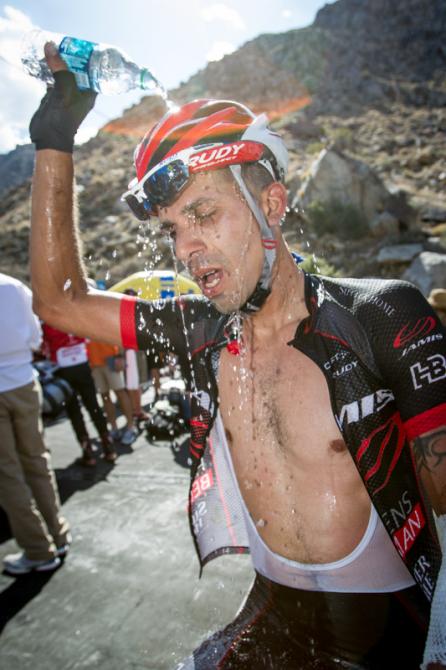
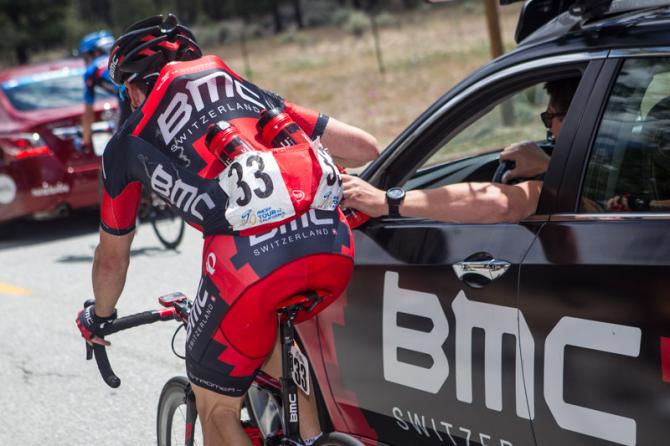
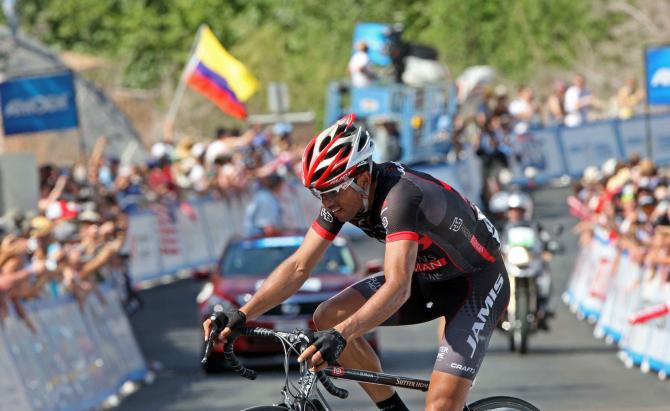
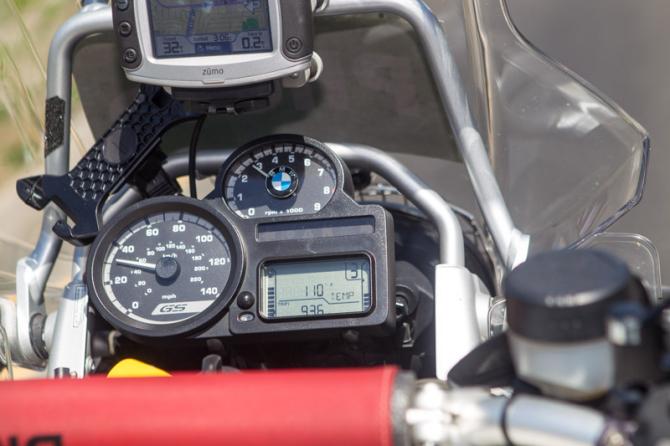
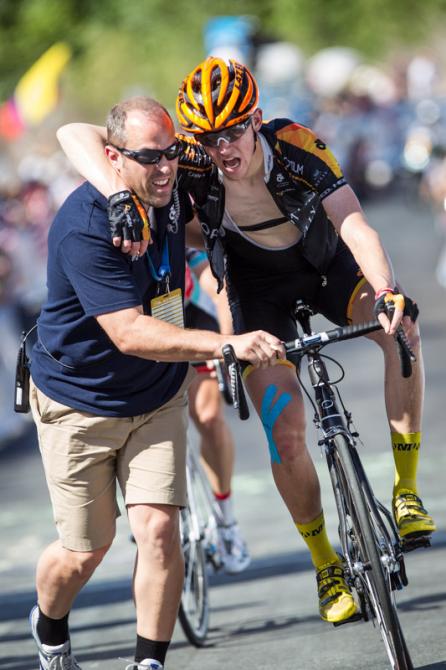
The 6.4 kilometer-long 10% grade to the Palm Springs Aerial Tramway was always expected to be a decisive part of the 2013 Tour of California, but with temperatures on the road soaring well into the 110-degree range - Orica GreenEdge's Cameron Meyer said he saw 50C (122F) on his SRM - what was expected to be uncomfortable turned out to be bordering on dangerous.
Following the stage, riders varied in their reaction to the extreme conditions - although the stage win and race lead was good medicine for Jamis-Hagens Berman's Janier Acevedo, he could barely stay upright after the finish line. Other riders made it across and then collapsed, such as BMC's Marco Pinotti, who was treated for heat exhaustion in the back of an ambulance.
Soigneurs were kept busy pushing riders across the line, applying ice cold towels and handing out drinks, but some of the competitors were beyond their help. David de la Cruz (NetApp-Endura) had to be carried up to the medical tent, and Omega Pharma - Quick-Step's Pieter Serry couldn't make it past the 500m to go point. His team car picked him up and delivered him to the medics, who quickly packed him in ice and transported him to the hospital.
"It was boiling, it was survival of the fittest out there today," said Michael Rogers (Saxo-Tinkoff), who coped well enough with the heat to finish in fifth on the day.
Even with a conservative approach to the stage, there was no getting around the effort needed to get to the finish, and some riders fared better than others.
"All of us were just trying to get to this climb, there was no racing beforehand," said Optum's Chad Haga.
RadioShack's Matthew Busche was the best of his team, making the leading group before letting go and riding in for seventh, but he suffered to get there. "The last two kilometers I just kept going slower and slower," Busche said. "I drank a lot today, but it must not have been enough. I started to get dehydration goosebumps in the last couple kilometers, but man I felt like I was walking the last kilometer or 500 meters. It was brutal. The heat and the climb and everything. It was brutal conditions and a brutal course."
Get The Leadout Newsletter
The latest race content, interviews, features, reviews and expert buying guides, direct to your inbox!
Does the race organisation need to consider extreme heat in the same light it viewed the extreme cold and snow that plagued Milan-Sanremo and the other European races this spring, which were shortened or canceled?
AEG's Michael Roth said that no team directors or riders ever contacted the race organisation to suggest that the stage be altered because the heat might put the riders' safety in jeopardy.
"We had a precedent in Lake Tahoe in 2011 to cancel a stage, and we take the riders' safety and health as our top priority. We knew the temperatures would be higher today, and we had a lot of discussions about it," Roth said. "We consulted the doctors and the race officials monitored the situation. We supplied every team with ice and water.
"We lost more riders on stage 1 than today."
The best young rider of the race, Lawson Craddock (Bontrager), grew up in Houston, Texas and has coped his entire career with the extreme heat and humidity of that area. He didn't think it was too extreme to race, but the problem was that not all the riders were acclimated to it.
"It's just like altitude, some riders do better, some do worse. Everyone has to deal with it the same, but it was brutally hot, especially when we hit Palm Desert. It was survival of the fittest."
Fortunately when the race heads toward the coast, the marine layer is expected to blanket the coast and bring the temperatures down below 70. Perfect racing weather.
Pat Malach contributed to this report.

Laura Weislo has been with Cyclingnews since 2006 after making a switch from a career in science. As Managing Editor, she coordinates coverage for North American events and global news. As former elite-level road racer who dabbled in cyclo-cross and track, Laura has a passion for all three disciplines. When not working she likes to go camping and explore lesser traveled roads, paths and gravel tracks. Laura specialises in covering doping, anti-doping, UCI governance and performing data analysis.